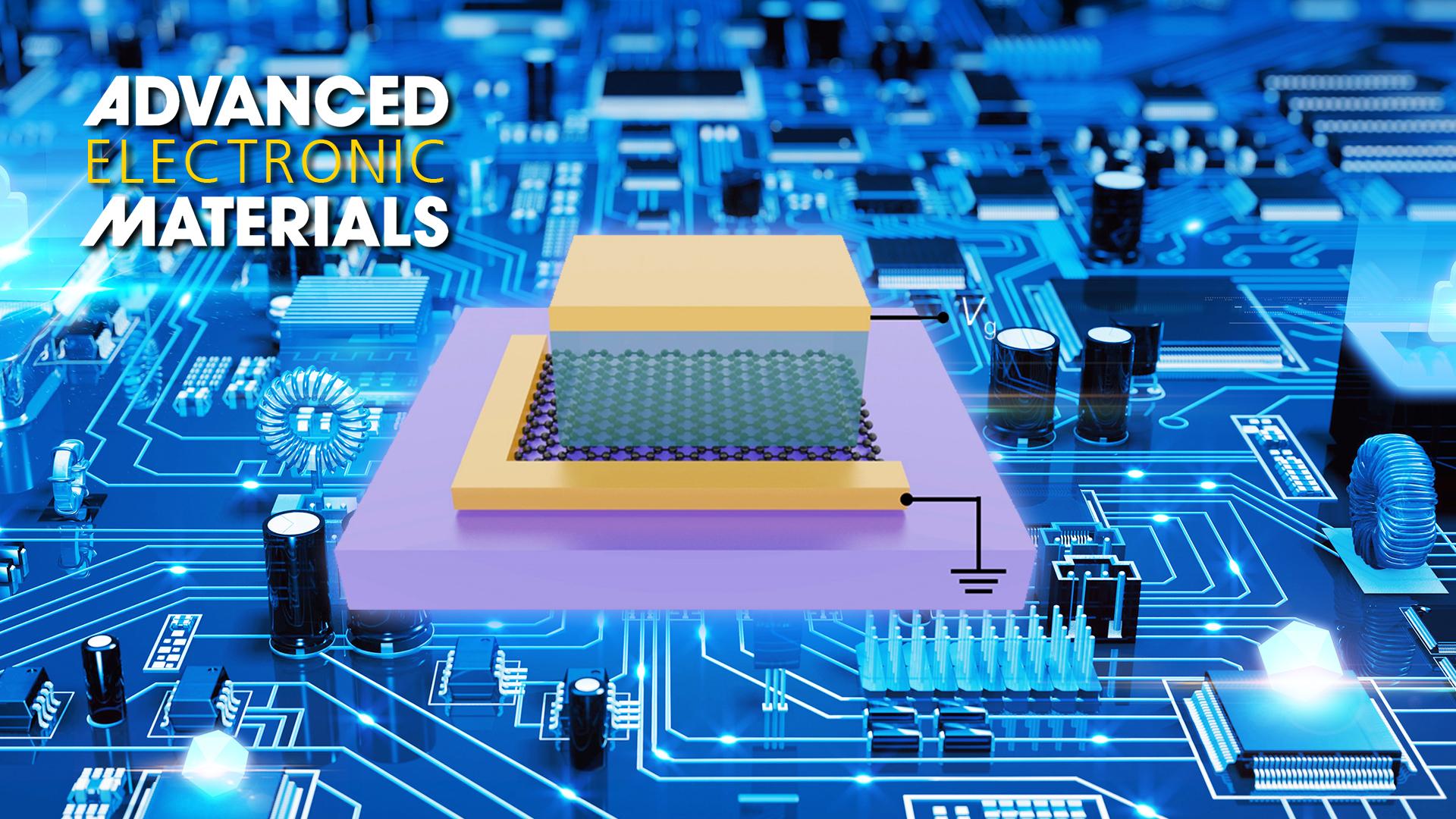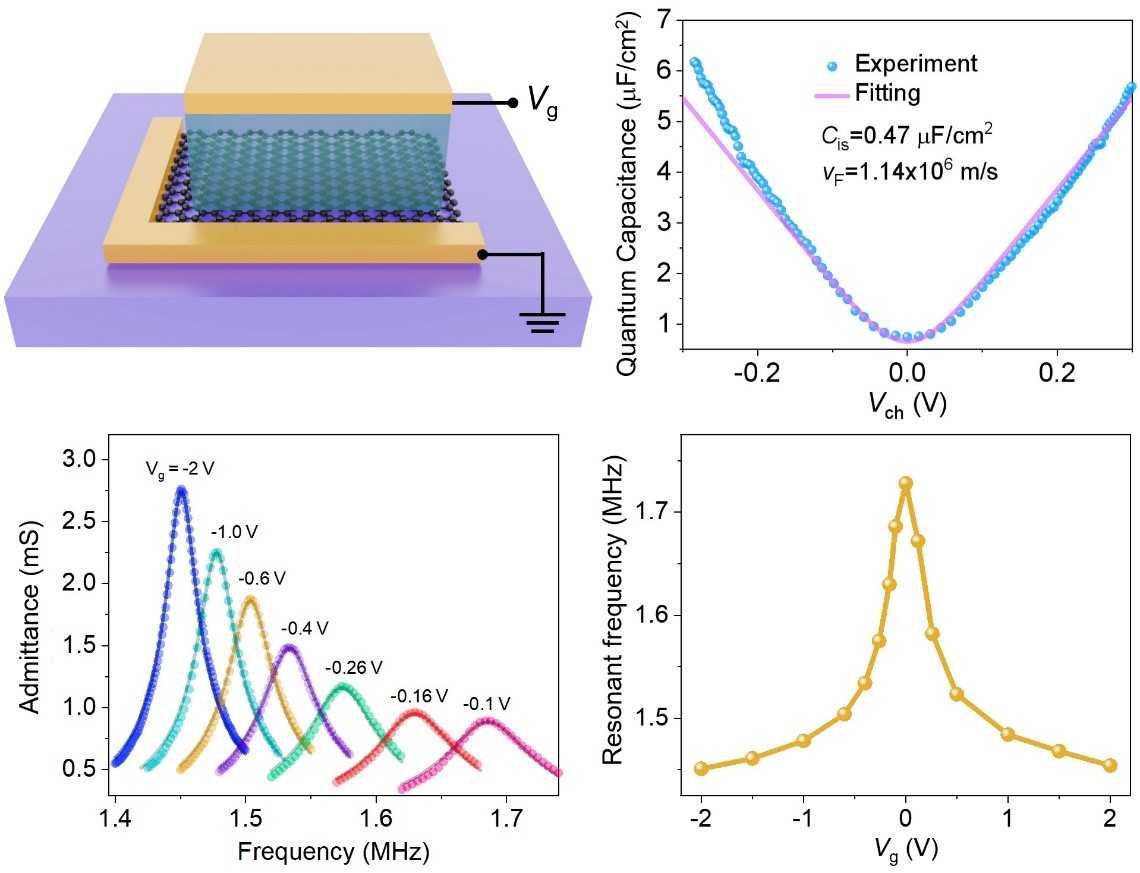Recently, undergraduate Danlu Zhang and Ph.D. student Le Zhang from the research group of Assistant Professor Xiaolong Chen in the Department of Electrical and Electronic Engineering of the Southern University of Science and Technology (SUSTech), published their research results on Advanced Electronic Materials (JCR zone 1, impact factor 6.6), in which the electrically tunable resonant circuit based on graphene quantum capacitor was reported for the first time.

Electrically tunable resonant circuits are widely used in electronic circuit systems. At present, mainstream tunable resonant circuit technology is based on MEMS and semiconductor varactors. MEMS occupies a large chip area. Its processing and packaging technology is complex, and the power consumption is high. On the other hand, the tunable range of semiconductor varactor diodes is limited. The further development of new capacitors with a small occupation area, low power consumption, and large tunable range will play an important role in the further improvement of chip integration.
In view of this, Xiaolong Chen’s research team from the Department of Electrical and Electronic Engineering has fabricated a quantum capacitor based on single-layer graphene material and constructed an electrically tunable resonant circuit. This achieved 50% modulation in the capacitance value and 20% modulation in the resonant frequency under a 2V gate control voltage. The theoretical model further predicts the working limit of the graphene-quantum-capacitor-based resonant circuit achieved 700% capacitance modulation and 200% resonant frequency modulation under an ultra-low gate control voltage of 0.3V. This work shows that graphene quantum capacitors provide a promising platform for the future research and application of tunable resonant circuits.

Figure 1: Graphene quantum capacitor and tunable
Assistant Professor Xiaolong Chen is the corresponding author of this paper. Undergraduate Danlu Zhang and Ph.D. student Le Zhang are the co-first authors. The Department of Electrical and Electronic Engineering of SUSTech is the first corresponding unit. This work was also supported by Professor Ning Wang’s team from the Hong Kong University of Science and Technology.
Article Link: https://doi.org/10.1002/aelm.202001009
Proofread ByAdrian Cremin, Yingying XIA
Photo By